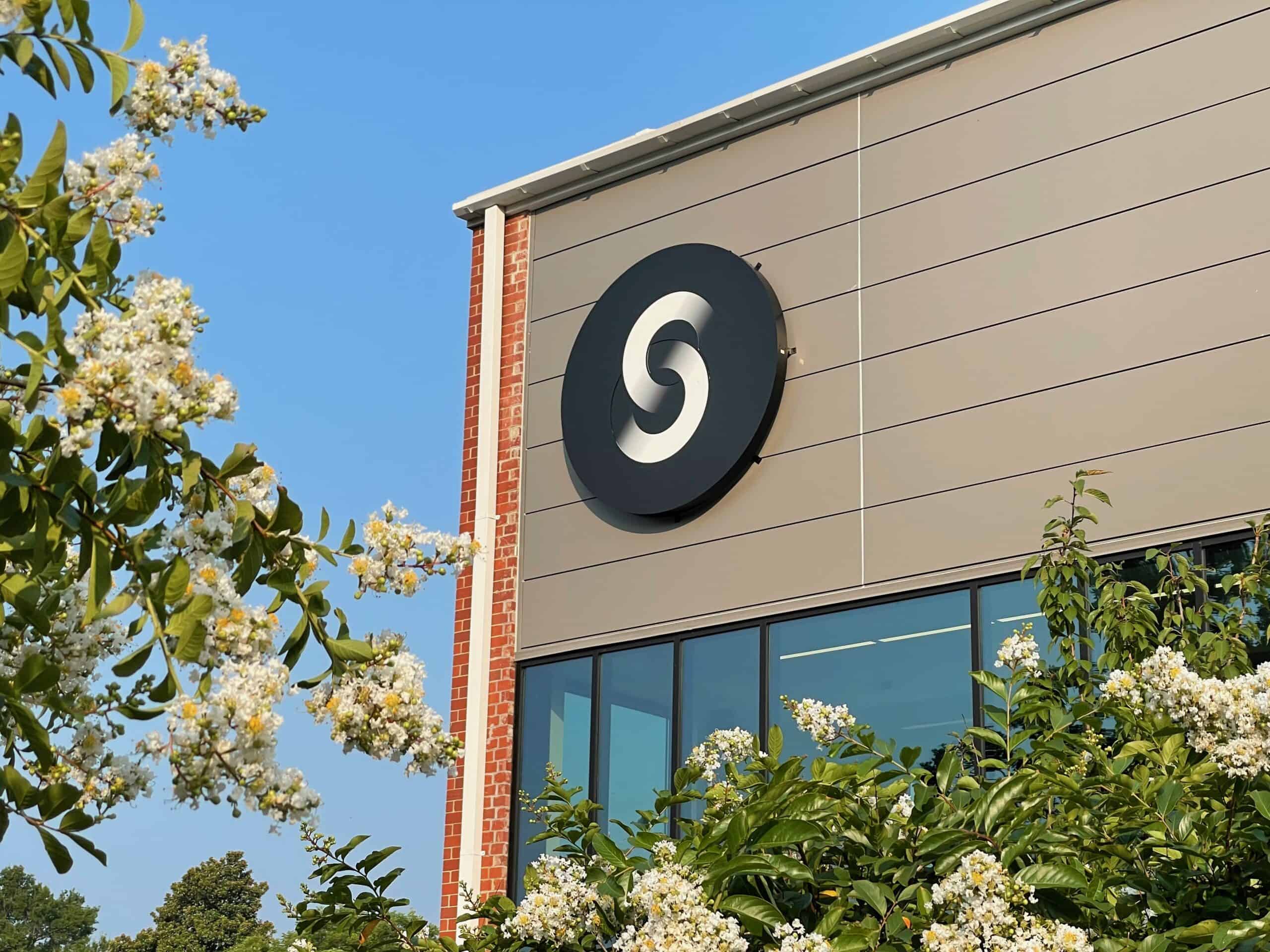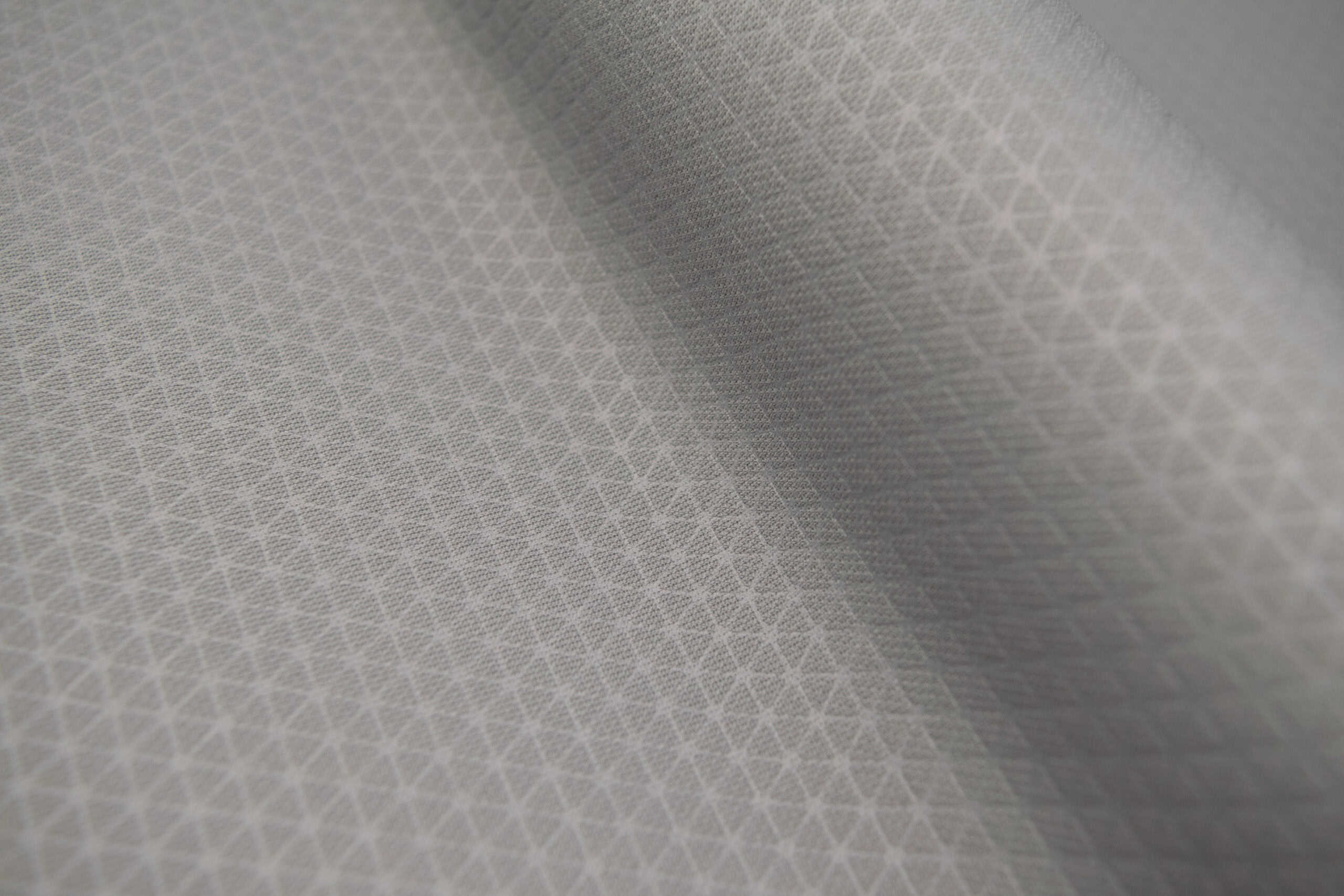Lamination is a process designed to combine one or more material layers with others. Your goal? Create a composite material that achieves improved aesthetics, strength, stability, functionality, or other beneficial characteristics. You can achieve these advantages through the lamination of contrasting flexible materials such as fabric to foam, film, other fabrics, or another purposeful substrate.
The most comprehensive advanced material manufacturers craft diverse laminate solutions through a wide range of processes like heat, pressure, welding, or gluing, including:
- flame lamination
- hot melt rotogravure lamination,
- thermoplastic adhesive lamination,
- water-based adhesive lamination, and more.
It can be a mouthful. And with all of these lamination options, how do you know which one is the best fit for your needs?
One of the first things to think through is establishing which properties and characteristics are most important in your materials initiative — from process and applications to benefits. In the first of our four-part series on lamination processes, we’re diving into the insights you need-to-know about flame lamination.
- Flame lamination process
Flame lamination is the process of laminating flexible materials with the heat produced by an open flame. Generally, the core material layer (such as polyurethane foam) will need to be affected by the open flame so that it can develop a tackiness to then adhere to another layer such as fabric or vinyl. In the case of foam and fabric, the foam-rolled goods are passed over an open flame and the side exposed to the heat melts slightly and turns tacky. It is then immediately combined with a fabric and the two will adhere without the need for additional adhesives.
This process provides additional functionality and versatility with fabric on one side and non-woven on the other, fabric on both sides, and many variations of fabric combinations, creating composites including foams, films, and knits. These combined composite materials will have properties and characteristics that the individual layers would not have by themselves. Think through if this type of versatility would be beneficial with your requirements.
- Flame lamination applications
Advanced materials engineers use the flame lamination technique to combine materials such as fabrics and foams (often polyurethane) and other lofted non-woven polyesters. And the finished composites are used in thousands of fabric, non-woven, vinyl, and plastic applications, including among others:
- Automotive trim, seating, and interiors
- Medical barrier fabrics
- Waterproof apparel and fabrics
- Airtight fabrics for air mattresses, bladders, and wetsuits
- Medical device soft goods such as orthopedics, bracing, mattress covers, and DVT prevention devices
- Hook engageable products (like Velcro®)
- Thermal and acoustic insulation
- Footwear insoles
- Cushioning pads and devices
- Eyeglasses
- Costumes
- Defense and protective grade fabrics
- Sports equipment
- Flame lamination benefits
Flame lamination is also a lower cost lamination process and more highly efficient than other lamination alternatives. Fittingly, experienced advanced materials manufacturers that specialize in lamination use the technology because the process is fast, productive, economical, efficient. Some other benefits to keep top-of-mind include:
- Material versatility: Flame lamination is a very effective method for bonding flexible foams (most commonly polyurethane) and certain non-wovens to an extensive array of other substrates, including fabrics, films, and papers, as long as the core material is flame laminable.
- No adhesive requirement: The process doesn’t require additional adhesive technologies, with a broad capability to combine materials in a single step. This absence reduces overall cost, adhesive creep, and the potential for bond failure between your substrates after the adhesive application or over time.
- Sustainability: The lack of adhesives improves its recyclability and reusability, as there is one less component in need of separation.
- Multi-layer capability: You have composite versatility, creating a laminate on one side or both sides of the core material.
- Faster construction: Generally, flame lamination is quicker than other lamination processes.
- Variable thickness: Your composites can be as thick as .75 inches, and some applications can add no appreciable thickness by utilizing only a very thin layer of polyurethane foam.
Just remember: One drawback to flame lamination is that it’s challenging to utilize constructions that must maintain a bright white appearance and presentation level as the flame does tend to discolor specific white components.
Flame lamination makes sense for many advanced materials manufacturers because it’s versatile, lacks adhesive requirements, is fast, and is customizable. Still, have more questions surrounding lamination (and flame lamination)? Our team of experts is ready to consult with you on materials, processes, applications, and custom solutions that meet your most demanding flame lamination projects.




